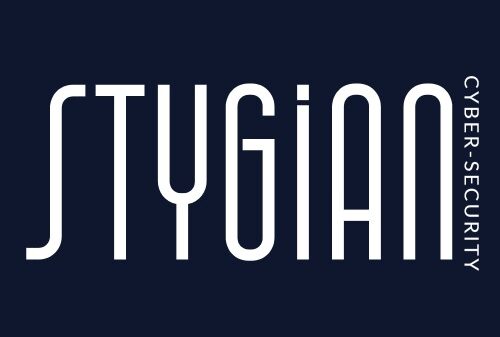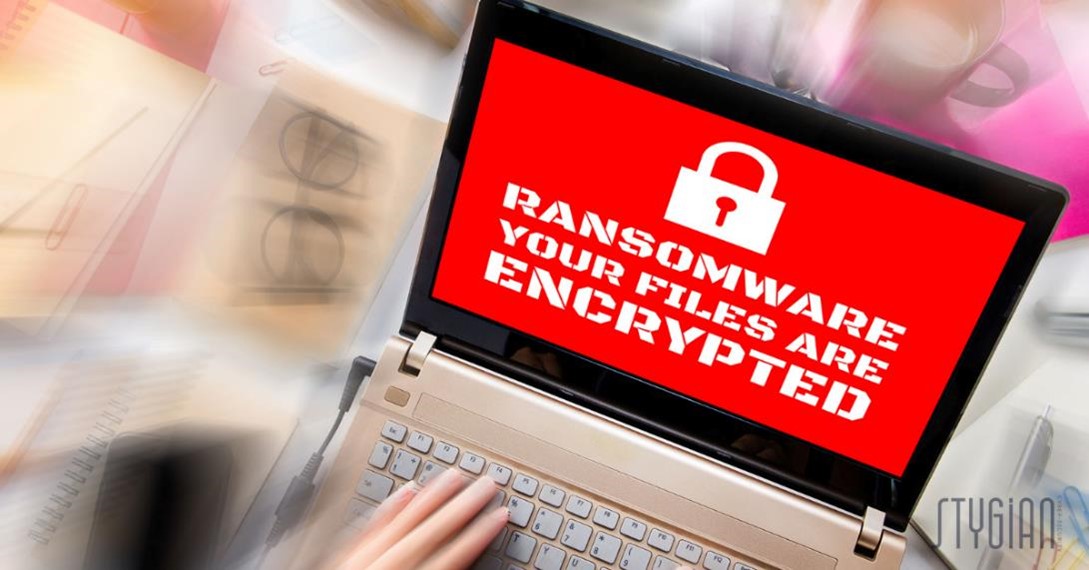What is Ransomware?
Ransomware is a type of malware that typically spreads via phishing emails, “malvertising”, or exploit kits. Once it infects a system, it encrypts the victim’s files using a strong encryption algorithm, making them inaccessible to the user. The attacker then demands payment, usually in the form of cryptocurrency, in exchange for the decryption key needed to restore the files.
How Does Ransomware Work?
There are two main types of ransomware: encrypting ransomware and locker ransomware. Encrypting ransomware, also known as crypto-ransomware, encrypts the victim’s files and demands payment to unlock them. Locker ransomware, on the other hand, locks the victim out of their system, preventing them from accessing their files, applications, or even the entire operating system.
In either case, the victim is typically presented with a ransom note, which outlines the attacker’s demands and provides instructions for payment. The ransom note may also threaten to permanently delete the victim’s files or increase the ransom amount if payment is not made within a certain time frame.
How to Stay Safe from Ransomware
While ransomware attacks can be devastating, there are several steps you can take to protect yourself:
- Keep your software up-to-date: Make sure you have the latest security patches and updates installed for your operating system and software.
- Use antivirus software: Use a reputable antivirus program and keep it updated to detect and block known ransomware threats.
- Be cautious when opening emails: Do not open email attachments or click on links from unknown or suspicious sources. Look for signs of phishing or social engineering attempts.
- Backup your files regularly: Regularly back up your files to an external drive or cloud-based storage service. This will help you recover your data in case of a ransomware attack.
- Disable macros in Microsoft Office: Macros are often used to spread ransomware, so it’s a good idea to disable them by default in Microsoft Office.
- Educate yourself and your employees: Educate yourself and your employees about ransomware and how to recognize and avoid it.
Conclusion
Ransomware is a serious threat that can cause significant damage to businesses and individuals. By understanding what ransomware is, how it works, and how to protect yourself, you can minimize the risk of falling victim to a ransomware attack. Remember to keep your software up-to-date, use antivirus software, be cautious when opening emails, backup your files regularly, disable macros in Microsoft Office, and educate yourself and your employees about the dangers of ransomware. Stay safe!
Stygian Cyber Security can help you secure your organisation against threats, ensure compliance and provide you with peace of mind with our range of cyber security solutions.
We’re a friendly and knowledgeable team, so have a browse or give us a call –we’re ready when you are.
This information is licensed under the Open Government Licence v3.0 except where otherwise stated.

